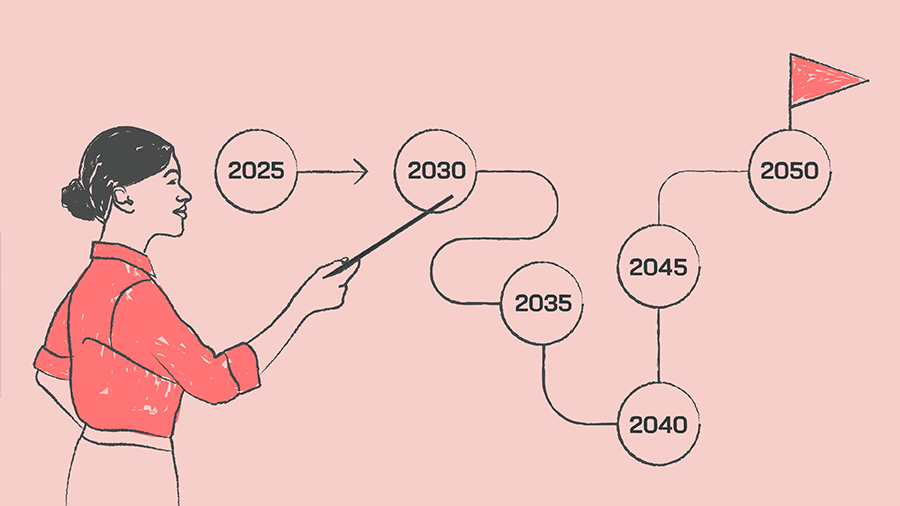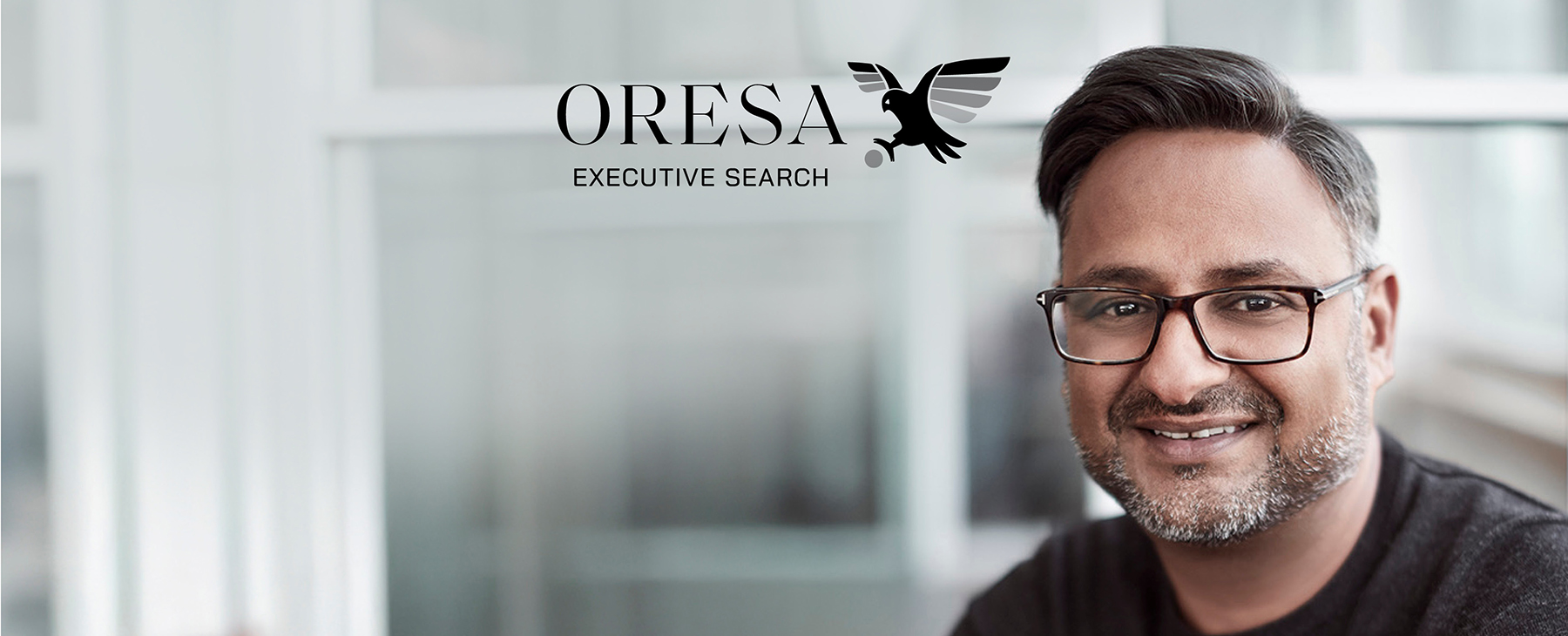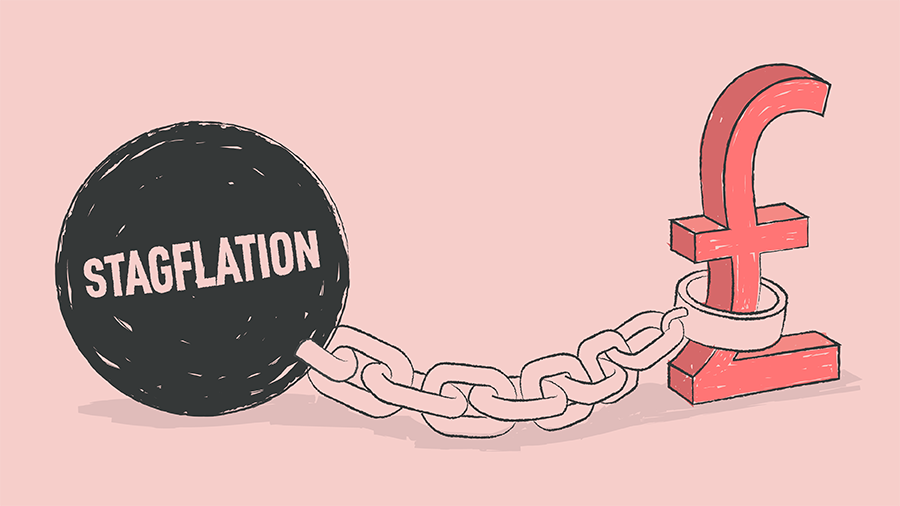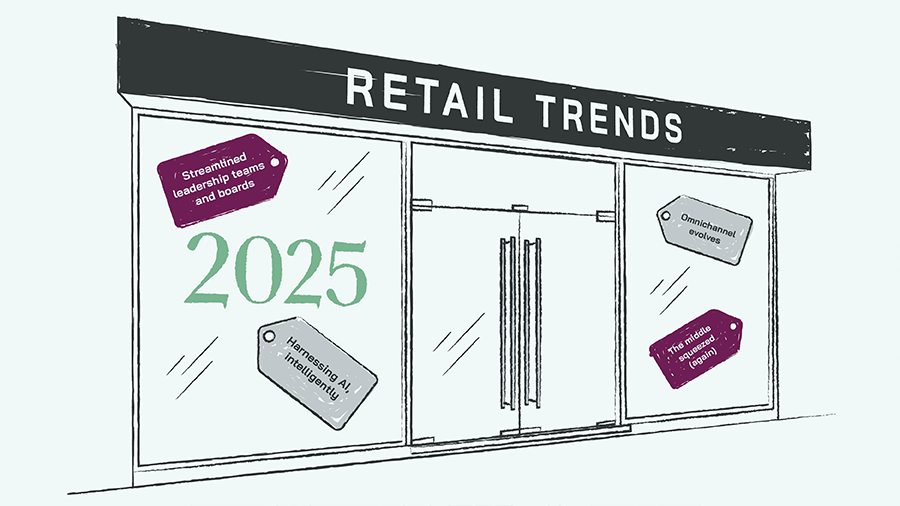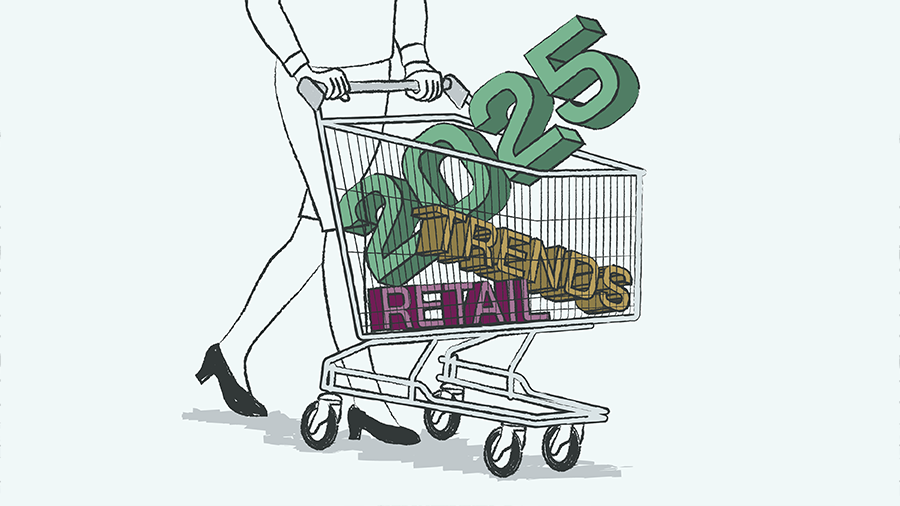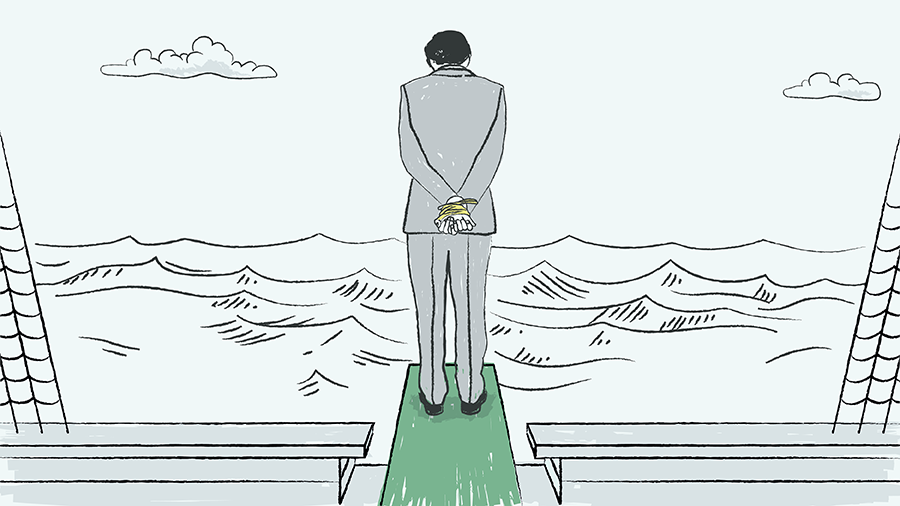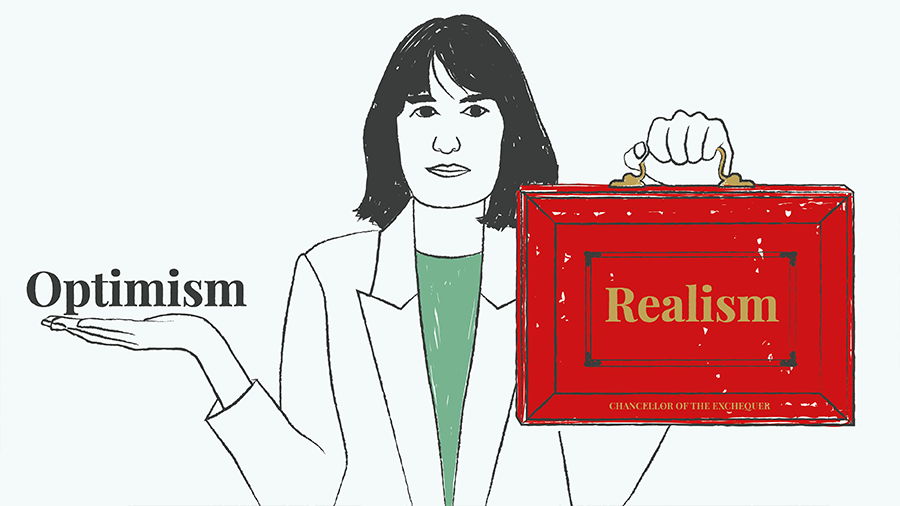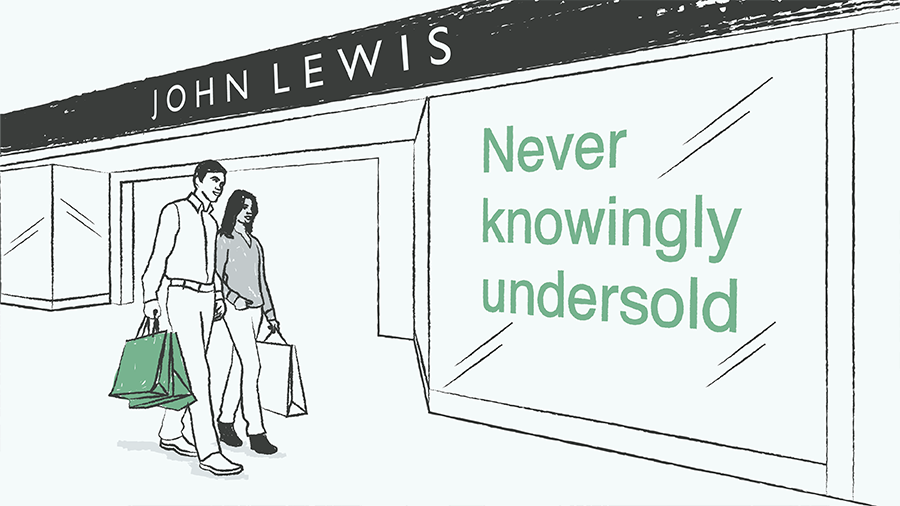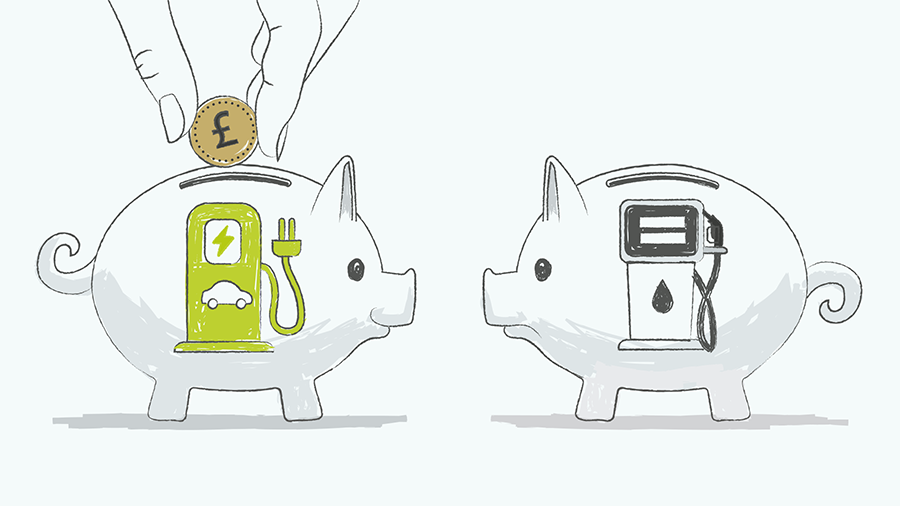
So wrote the Guardian – in 2008. People have said they cared about the environment for years, but the truth is it hasn’t led to irresistible commercial pressure to go green. Most of us are still happy to drive gas-guzzling SUVs, eat South American strawberries in January, and jet around the world whenever we get the chance – and the businesses providing these goods and services are still happy to take our money.
Is there any reason to think this is about to change?
In the wake of the sheer cultural, social and political momentum behind fighting climate change, the answer is probably yes.
Changing Behaviours
Not only is consumer intent shifting towards sustainability – a survey by Garnier in 2020 found that 73% of UK consumers wanted to be more sustainable, for example, while searches for sustainable goods have increased 71% since 2016, according to The Economist Intelligence Unit – but the well-documented gap between intent and behaviour is starting to close too.
Deloitte did a survey in March 2021 asking a representative sample of 2,000 UK adults what actions they had taken to be sustainable in the preceding year. Around a third had gone out of their way to choose environmentally-friendly brands, and a similar proportion had stopped shopping at brands that weren’t environmentally friendly.
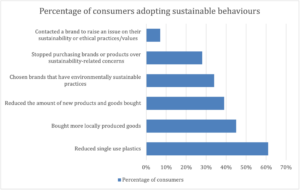
It’s a pattern confirmed in numerous sources, including rival PwC’s Global Consumer Insights survey, which showed increases of 10-20 percentage points on the proportion of consumers making at least some sustainable lifestyle and purchasing choices between 2019 and 2021.
This builds on the long-established pattern of growth in the market for sustainable products, estimated by the Co-Op to have increased fourfold in the past 20 years, to £41bn in the UK alone.
“It’s definitely translating into behaviour, especially in markets like the US and UK,” says Anusha Couttigane, head of advisory at Vogue Business. “Our primary research shows a rising willingness to purchase pre-owned products and engage more with rental and resale platforms.”
This willingness affects all age groups, albeit in different ways. “For older consumers, it represents a change in behaviour, having to find which products and brands are addressing sustainability. Younger shoppers already have a lot of information at their fingertips because they’re highly engaged in these conversations, especially through digital channels, and they’re also more engaged with digitally native brands whose whole business model is centred on being sustainable,” Couttigane says.
Cowen’s Millennial Tracker Survey found that the proportion of people in all age groups below 55 who said a brand’s sustainability and social impact were ‘very important’ in their purchase decisions increased progressively from 2017 to 2020.
Although 25-34-year-olds were the demographic most interested in sustainability, the increase was highest among 35-44-year-olds: in 2017, 24% of this group said sustainability was very important to their purchasing decisions; by 2020 this had risen to 31%.
John Thorbeck, chair of Chainge Capital, says that Gen Z in particular shows consistent evidence of sustainability-conscious behaviour, which is already having an impact on sectors like fashion.
“This generation drives fashion, so it raises the stakes for CEOs on brand image – which must now embrace sustainability where purchase is made,” Thorbeck says, pointing to the impressive in-store narratives of European brands like Uniqlo around their commitment to sustainability.
Make it easy for consumers to be sustainable
The fact that consumers increasingly consider environmental impact doesn’t mean that it defines their purchasing decisions. Price, convenience and quality are still central, says Couttigane. “That doesn’t change when you add sustainability to the mix. It’s just another thing that consumers expect.”
She zeroes in on the importance of convenience in particular. “You have to make it easy for people to shop sustainably, otherwise they’re going to opt out – either they’ll abandon the objective of shopping sustainably or they will opt out of your brand and turn to rivals who make it easier to discover sustainable products.”
Often the convenience barrier comes in the form of an information deficit.
In a recent podcast, McKinsey senior partner Clarisse Magnin pointed to the lack of commonly-agreed definitions and standards of what a sustainable product is. “Do you know how many eco- and sustainable labels exist today? More than 463, across 199 countries and 25 sectors. So it’s a very complex landscape, and if it takes a PhD to understand how the product has been produced, it’s obviously not very practical,” Magnin explained.
Sometimes transparency is the solution, though of course that requires you to understand how sustainable your products actually are through the value chain, which isn’t always easy. Yet transparency is the way it’s going: disclosure standards are likely to increase through regulation, while blockchain technology opens the possibility for more traceability and accountability than has hitherto been seen.
Other times, people just need a little push to convert their latent sustainable ideals into action. Research published in the Harvard Business Review in 2019 showed that ‘nudges’ by firms had an astonishingly high level of success in increasing customers’ sustainable behaviour: telling online shoppers that others were buying environmentally friendly products increased the number making such purchases by 65%; telling college students that commuters were giving up on car travel for more sustainable options increased their use of those options fivefold.
The green price tag
The other two drivers of customer acquisition – price and quality – were traditionally obstacles to the adoption of sustainable goods (think electric cars in the early noughties), but this too is changing.
For a start, as sustainability becomes more important to people, there is some growing willingness to pay more. According to research by IBM, of the 40-odd percent of consumers who rate sustainability as very important, around seven in ten would pay an average premium of 35% for it.
Probably more importantly, it’s becoming less and less true that you need to ask customers to pay more to be sustainable. “Sustainability used to be the preserve of affluent consumers but, as more brands implement sustainability measures at all levels of the market, it’s becoming more affordable to be a sustainable consumer,” says Couttigane.
Writing in Greenbiz recently, sustainability consultant Diane Osgood discussed how the price premium for sustainability is falling in Fair Trade products, for example, with brands like Target and Athleta eliminating the price gap between Fair Trade and other lines. “Until a few years ago, price was a big barrier for customers looking for Fair Trade certified products. That is no longer the case for many product lines, but perception about price lags.”
The opportunity
The drive towards sustainability is not a fashion, but a revolution just as profound as the transition from analogue to digital. Whole industries are being reshaped by the common will to save the planet, and vast commercial opportunities are being created as a result.
Consumers are not passive participants in this process. They are increasingly rewarding and punishing brands for their impact, and the pressure they exert will only increase – along with the pressure from employees, investors and legislators.
In a sense, sustainability can therefore seem like ever-more-costly table stakes for doing business, but this is wrong-headed. Embraced fully, it can be a source of competitive advantage, not just in new technologies and new business models in areas like the circular economy, but in attracting and retaining customers more generally.
Many younger, digitally-native brands have built themselves to be sustainable and consciously so from their very foundations, but the opportunity is there for any business willing to grasp it.



